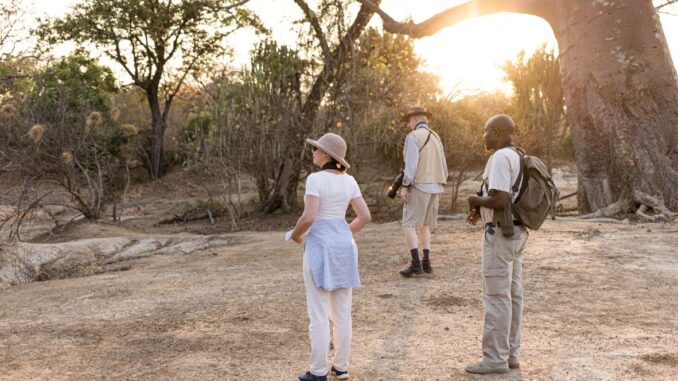
When the water levels fall, the walking can begin. Marshes and pans shrink, small rivers turn into dusty dongas and large ones can be waded. The bush thins too, reducing the chances of unexpected close encounters with grumpy animals. Instead of watery floods, remote fly-camps are bathed in starlight from clear skies.
In Liwonde National Park in Malawi, walking season is the time that makes Emmanuel’s heart beat faster. “It’s less predictable than it used to be, but it starts some time in late April or May.” One day, he finds that his vehicle fords a tributary of the Shire River with ease and he sees the water level at a point where it’s possible to start operating multi-day walks again.
Liwonde’s wildlife lives to the annual rhythm of the rainy and dry seasons. If the rains are good, water stays on the flood plains and animals disperse into the wilder areas of the park. If it’s been a poor season, the animals congregate closer to the Shire River, the lifeblood and central feature of the park, and the main waterway that drains Lake Malawi southwards to the Zambezi.

While he enjoys guiding guests by vehicle or boat, the walks are what Emmanuel loves best. “All of your senses are awake, and you just can hear the animals, not the jeep” he says. From the time the water levels drops, Emmanuel leads small groups (a maximum of six guests) on the Shire River Trail, allowing them to experience African wilderness at its purest. “We set up our fly-camp on the banks of the river in an open area so that we avoid ambush from any animals. When you’re sleeping at night, the only separation between you and the wildlife is the thin canvas of your tent.”
Liwonde is a park on an upward trajectory thanks to changes in management since African Parks got involved in 2015. Poaching is rare now, and this has allowed for animal reintroduction programmes, including the feline predators whose tracks add a thrill to the walking experience. A recovering park leads to more visitors which in turn creates a demand for more experiences, and the Trail was started in 2017 by Pam and Chris Badger of Central African Wilderness Safaris. The Badgers operate two camps in the park: Mvuu Camp has eleven stone and canvas chalets overlooking the river, while Mvuu Lodge has eight luxury suites shaded by fever trees by Namagogodo lagoon.
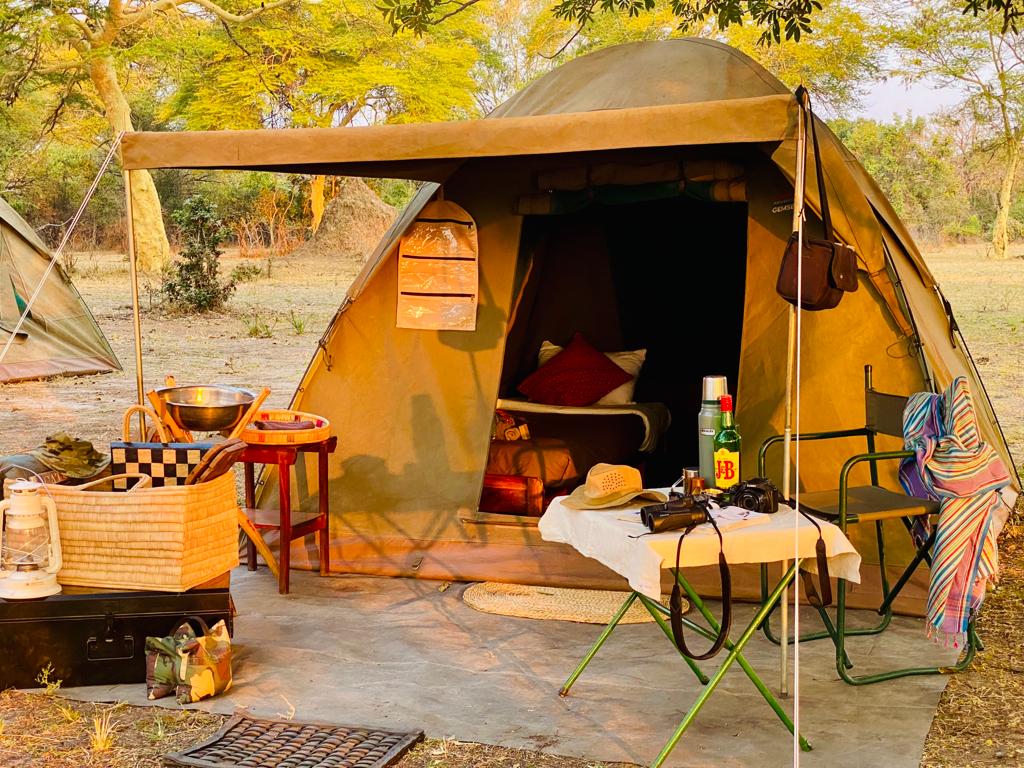
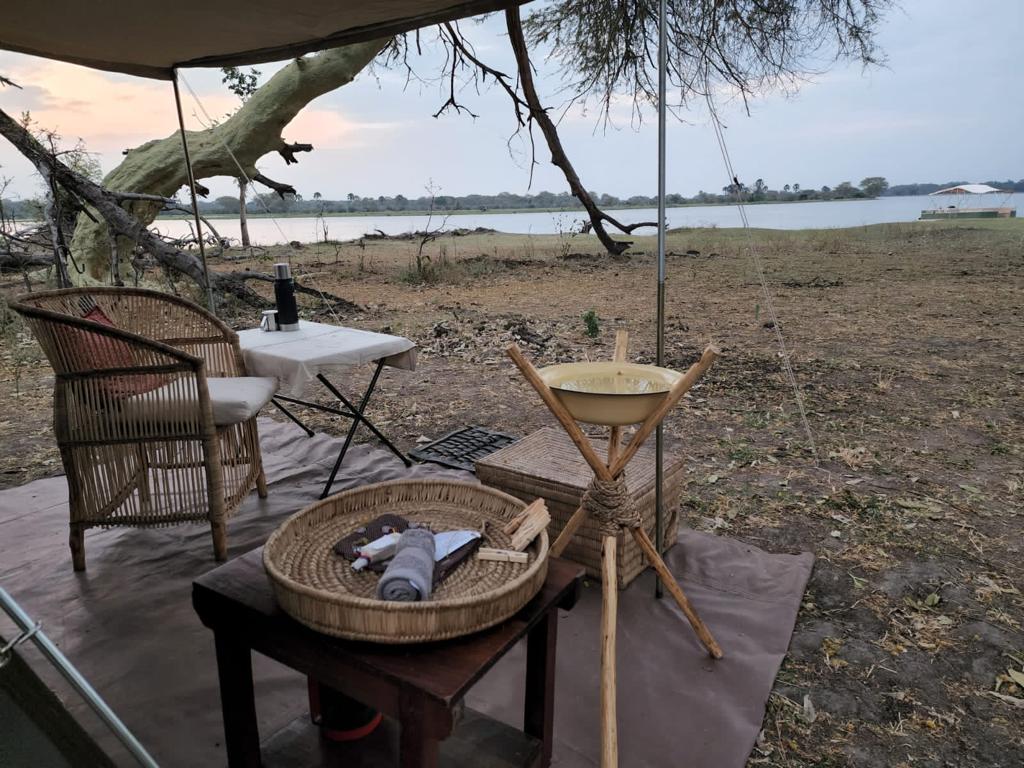
Emanuel and fellow guide Chifundo guide year round but especially look forward to walks season. Chifundo explains what he prefers about being on foot. “You can feel, smell, and touch things which you can’t from a vehicle. You have the opportunity to get up close and personal with wildlife – including porcupines, elephants, hippo and even rhino. Guests love the sensation of walking in the footsteps of these animals.”
Guests spend the first night at Mvuu Camp before setting out on the trail and there’s about 20km of walking over the two days, exploring the mopane woodlands of the floodplain of the Shire river and its tributaries that include the Mwalasi, Ntengai and Nangondo rivers. As well as a guide, walkers are accompanied by an African Parks rifle-carrying ranger.
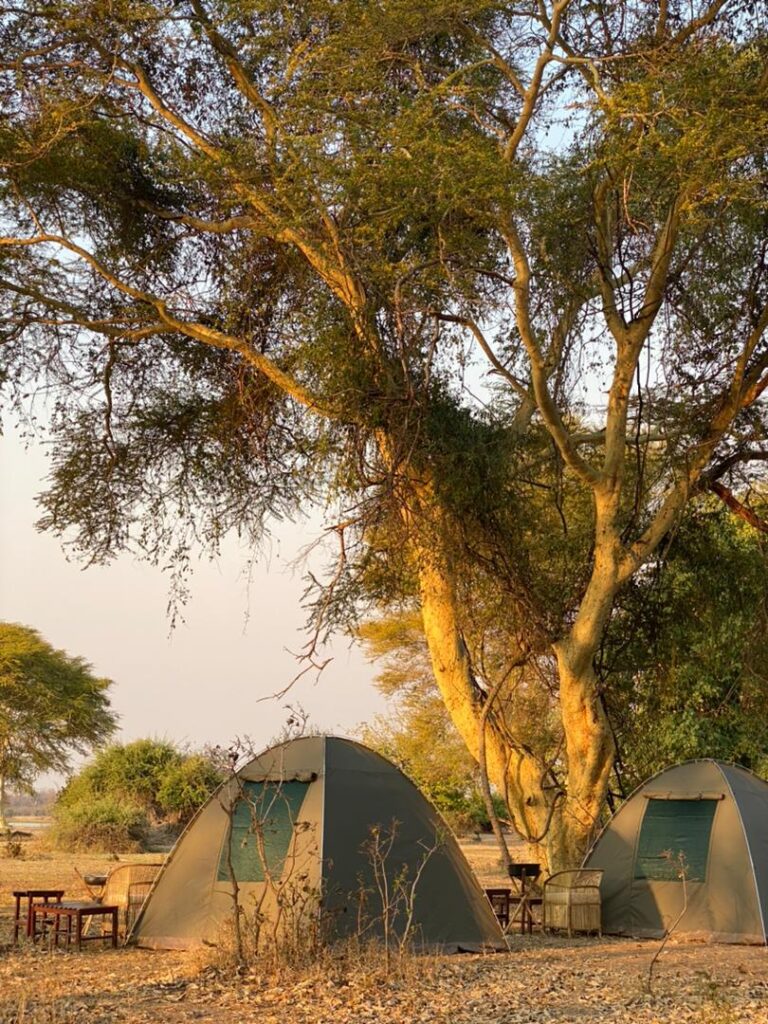
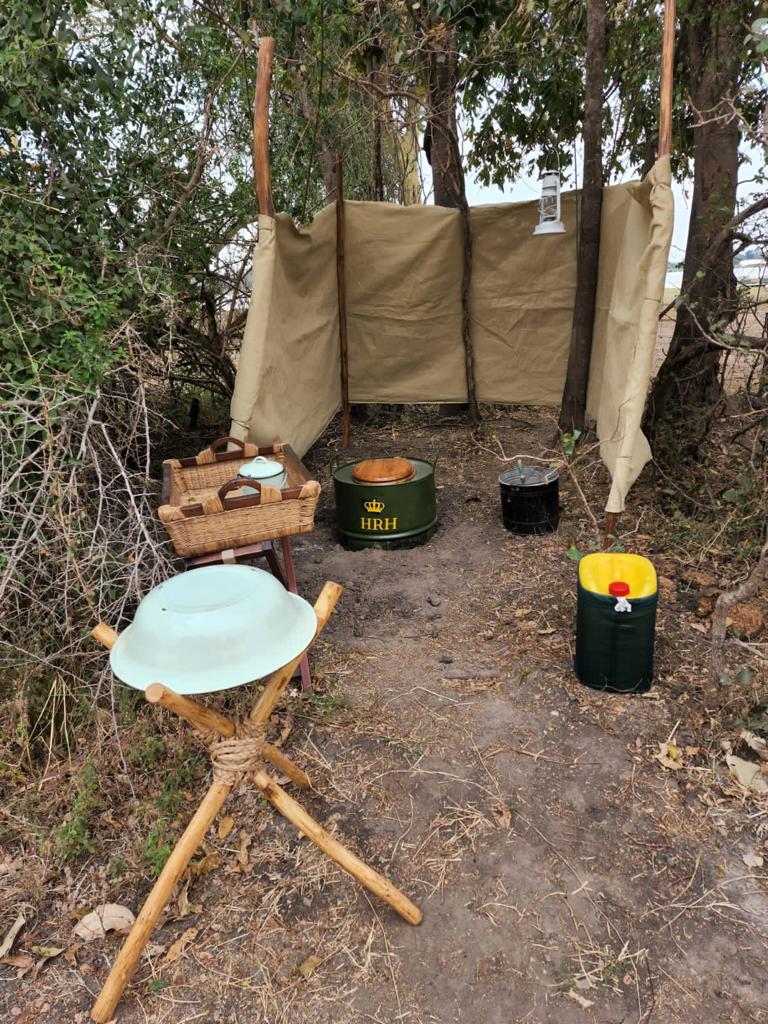
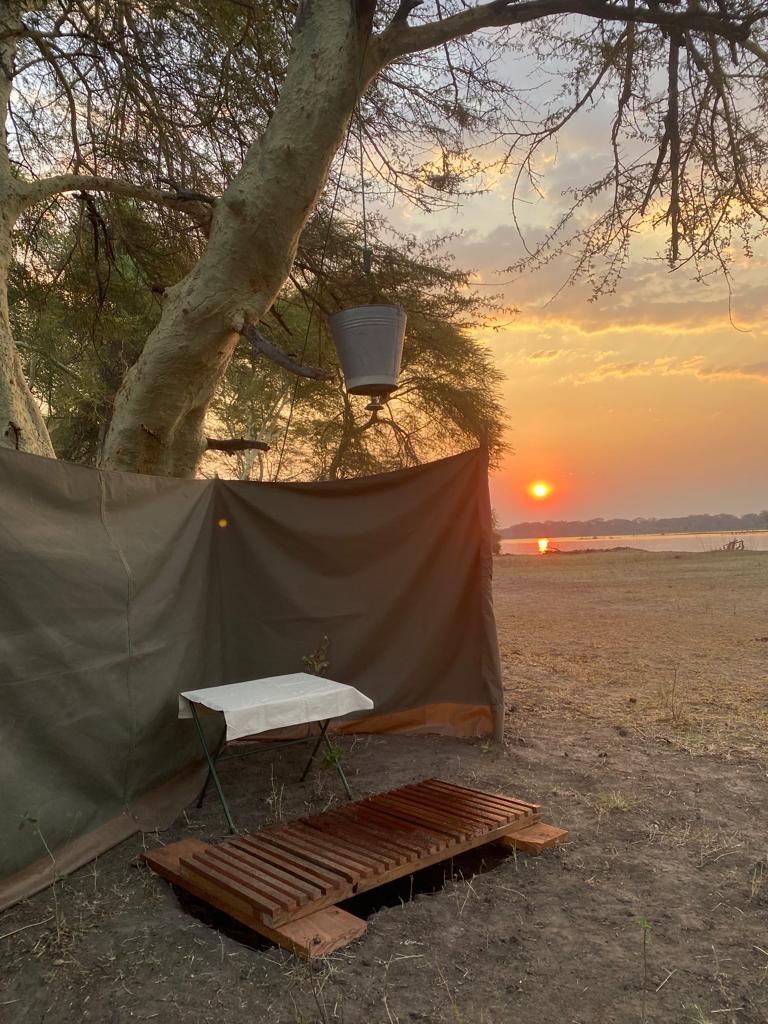
The fly-camp location is a highlight feature of the trail, and as Emmanuel says “the beauty of the campsite is amazing – you’re on the riverside, you can see the sunset on the horizon across the river. The camp fire is in the middle of it all, so everyone can enjoy view across the river.”
The Shire River Trail runs several times in the dry season from June to November, and shorter walks are offered year round for guests of Mvuu Camp and Mvuu Lodge. The minimum age for the trail is 16 and it is suitable for all, with the walking at a gentle pace and plenty of stops to enjoy nature.
Enquire about the Shire River Trail.
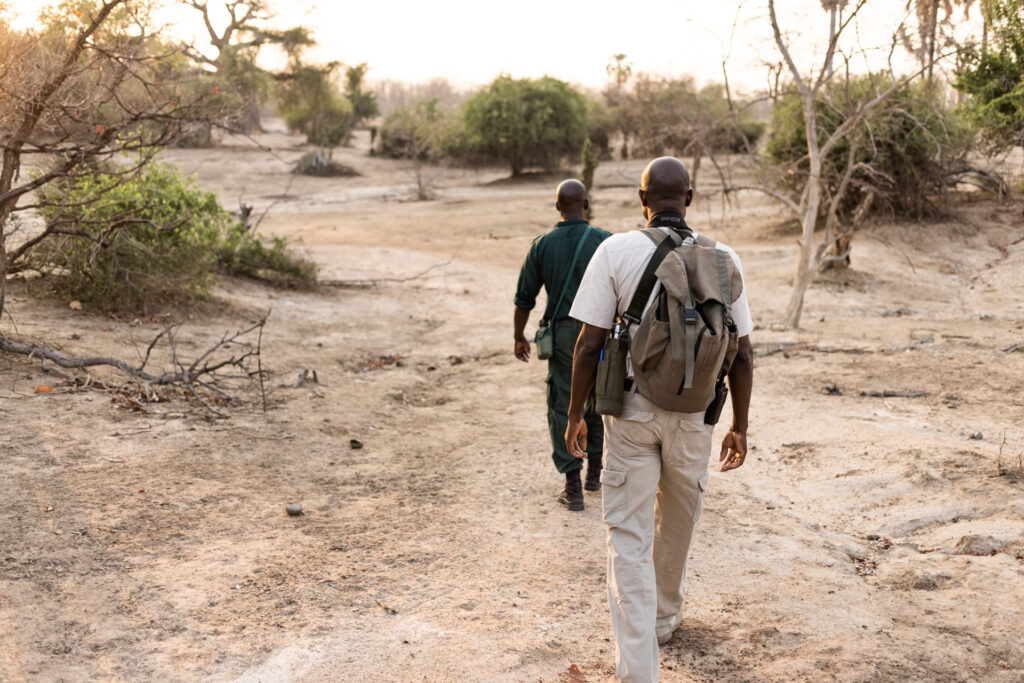

Leave a Reply